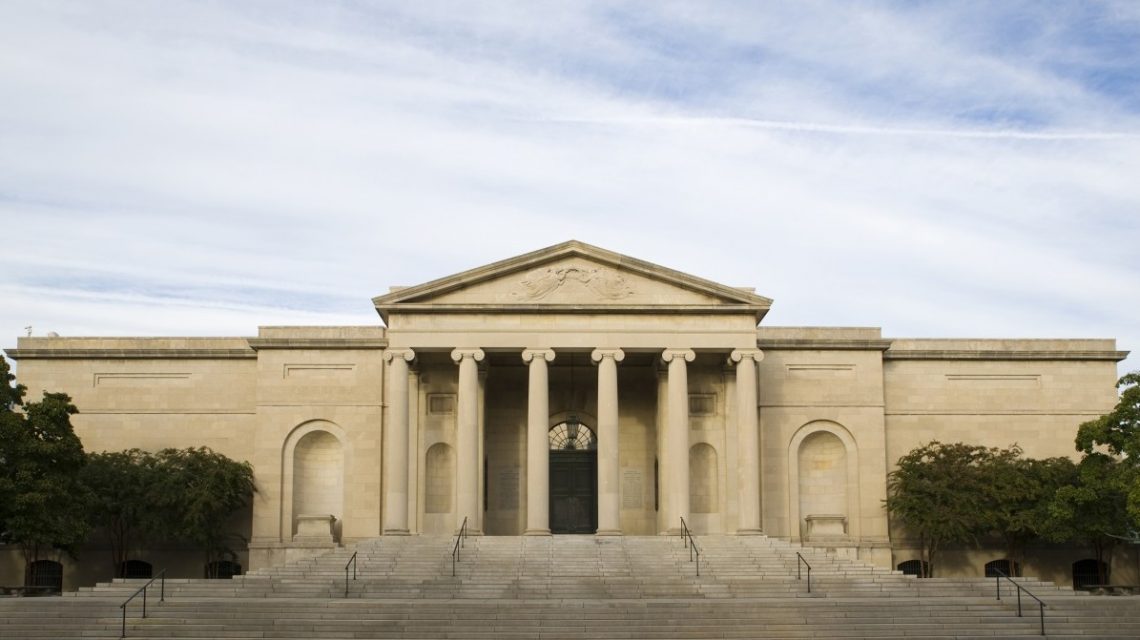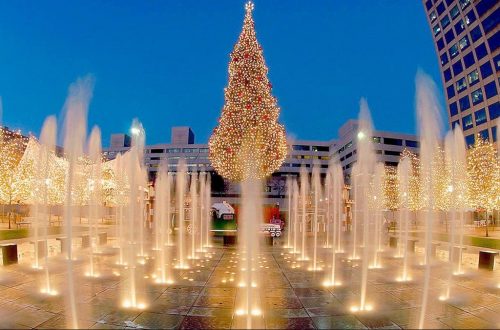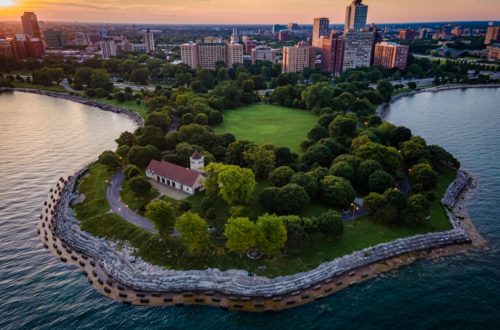
The 3 Most Beautiful Museums in Baltimore
The city of Baltimore is blessed with over 60 museums, ranging in variety from baseball—the Babe Ruth Birthplace and Museum—to literature—the Edgar Allan Poe House and Museum, and everything in between; from art to commerce to science, this beautiful city has it culturally covered.
Here is a selection of some of our favorites:
1. Baltimore Museum of Art
One of the oldest and more well-established museums—it was founded in 1914—the Baltimore Museum of Art (BMA) is home to 90,000+ works of art and is distinguished by holding the largest collection in the world of works by Henri Matisse.
An outstanding selection of European and American painting and sculpture from the 17th through 20th centuries, and the newly reinstalled Contemporary Wing with 14 galleries, showcase the art of our time.
On November 14, 2021, the BMA brings “How Do We Know the World?”, a major reappraisal of its contemporary collection. Nine galleries featuring 56 objects center the way artists engage with the historic, social, political, and environmental constructs that shape our world, capturing stories of personal and communal relevance.
By grounding the installation in social history, the BMA departs from the focus on chronology and the evolution of style typically found in presentations of museum collections. In this way, the new contemporary wing offers visitors a more meaningful way to experience and connect with the art on view by emphasizing how artists observe, understand, and respond to our shared everyday circumstances. (https://artbma.org)
2. Reginald F. Lewis Museum
The Reginald F. Lewis Museum is the largest African American museum in Maryland, bearing authentic witness to Maryland’s African American history and culture since it opened in 2005. A permanent collection, special exhibitions, educational programs, and public events make up the offering of this 82,000 square foot facility.
With a two-story theater, museum gift shop, classrooms, meeting rooms, an outdoor terrace, and reception area, the Lewis is a dynamic educational space for both children and adults. The Museum’s education department has additionally developed an African American curriculum and provides invaluable teacher training to Maryland’s 850,000 students and 50,000 teachers.
New Executive Director, Terri Lee Freeman, sums up the museum’s mandate to move forward telling the rich stories of American history through quality programming that incorporates the historic and the contemporary as a central hub for the historical record of African Americans in Maryland and contributor to the broader regional and national culture. “We highlight the experiences of iconic business leaders, titans of industry, and creative entrepreneurs of today’s gig economy. We showcase the rich arts and culture community that resides within Maryland. And with intentionality,” she said in a press statement. (http://rflewismuseum.org)
3. Maryland Center for History and Culture
Opened in 1844, the museum at the Maryland Center for History and Culture has amassed the largest collection of Maryland culture in the state, encompassing more than 350,000 objects, from pre-settlement times to present day.
Some of the museum’s highlights include Native American archaeological artifacts dating as far back as to 5,000 BC, nine portraits by artist Joshua Johnson—recognized as the first professional African American artist in the United States, Maryland landscape painting by Francis Guy, painted furniture from the early 19th century—the “Golden Age” of Baltimore furniture production, and a fashion archive of 12,000 garments and accessories spanning four centuries.
Currently among the exhibitions is “Flickering Treasures: Rediscovering Baltimore’s Forgotten Movie Theaters” which runs through to September 2022. In 1896 Electric Park played host to Maryland’s very first moving-picture show, bringing the wonderful world of movies to a population now able to be transported to new and exciting places the world over, and ushering an escape from everyday life. (https://www.mdhistory.org)




